CENTURY MARK
COMMEMORATING MENDOZA'S 100th ANNIVERSARY MEANS HONORING THE PAST WHILE LOOKING TO THE FUTURE
O’HARA’S HEIRS: NEXT GEN
In fall 2021, a new edition of “O’Hara’s Heirs: Business Education at Notre Dame” will be published that covers the College’s entire 100-year history. Information about ordering the book will be available at mendoza.nd.edu/century-mark.
I wonder what sort of tale we have fallen into?” Sam asks Frodo in a passage from J.R.R. Tolkien’s Lord of the Rings trilogy. I asked myself a similar question when I was handed the assignment to write the story of Notre Dame’s College of Business. “What sort of tale,” I wondered, “is the College’s history?”
Fortunately, like Sam in Tolkien’s story, I wouldn’t be on my own in answering the question. My task was to build on a story that had already been told by Kerry Temple in the book “O’Hara’s Heirs: Business Education at Notre Dame, 1921–1991.” I was to detail the College’s next act, the years 1991–2021, for its centennial celebration.
So I began to revisit my own spine-creased, dog-eared copy of the book looking for clues. I also began interviewing dozens of current and former administrators, faculty and students. It didn’t take long for an answer to my question to come into view: This is a David and Goliath story.
You see, nearly everyone could remember times when the College was written off or underrated. Faculty and administrators in particular recounted times they heard colleagues at other universities say Notre Dame would never compete with the best business schools. Compared to the competition, they were told, it was too small, or too far from major cities, too liberal arts-focused, too religious or even too preoccupied with ethics to lead in the world of business education.
To make matters even more difficult, the College sometimes faced questions about its very existence from within the University. An October 1985 issue of Scholastic magazine featured a close-up image of a business suit with text superimposed over it that read, “Does Business Have any Business at Notre Dame?” In the issue, one writer asked, “The University boasts a traditional commitment to academic excellence and a liberal education. But how valid is this claim when the University also offers an undergraduate business major?”
Amazingly, questions like this don’t appear to have created a crisis of confidence for the College. Quite the opposite. They have acted like a refiner’s fire, forcing it to clarify its mission and strive for a higher purpose as the business school at Notre Dame. Former University President Fr. Ted Hesburgh captured a bit of that dynamism when he said, “Through the years there has been talk of dropping the College. I always felt that as long as we had one, we might as well make it the best it could be.”
You might think that the underdog part of the College’s story ended sometime in the last 30 years. After all, during this time the College met and exceeded nearly everyone’s expectations of it. It reached the top spot in some of the nation’s most competitive rankings. A series of crises — the Enron collapse and the financial meltdown of 2008, to name a few — have shown that the College’s emphasis on ethics is an asset, not a liability. And not only has the College become Notre Dame’s largest; its achievements and positive impact have become a special point of pride.
What stands out in the narrative, though, is that the David and Goliath story continues today, and that is because the “Goliath” in question was never the College’s critics or detractors, whether they are inside or outside the University. Rather, the giant the College has always aimed at taking on is as big and wide as the world itself.
The College’s founder and first dean, Father John Francis (later Cardinal) O’Hara named this giant in a quote popularized by the first edition of “O’Hara’s Heirs.” “The primary function of commerce,” O’Hara wrote when his new College was just two years old, “is service to mankind.
TIMELINE
THE CENTURY MARK: MAKE YOUR MARK
Visit mendoza.nd.edu/century-mark to read a series of “Make Your Mark” essays, contributed by alumni, faculty and staff who added their marks to the College timeline through personal and highly individual reflections on the impact of Notre Dame on their lives.
Make your own mark in Mendoza’s history by submitting your essay and photo to mendozabusiness@nd.edu.

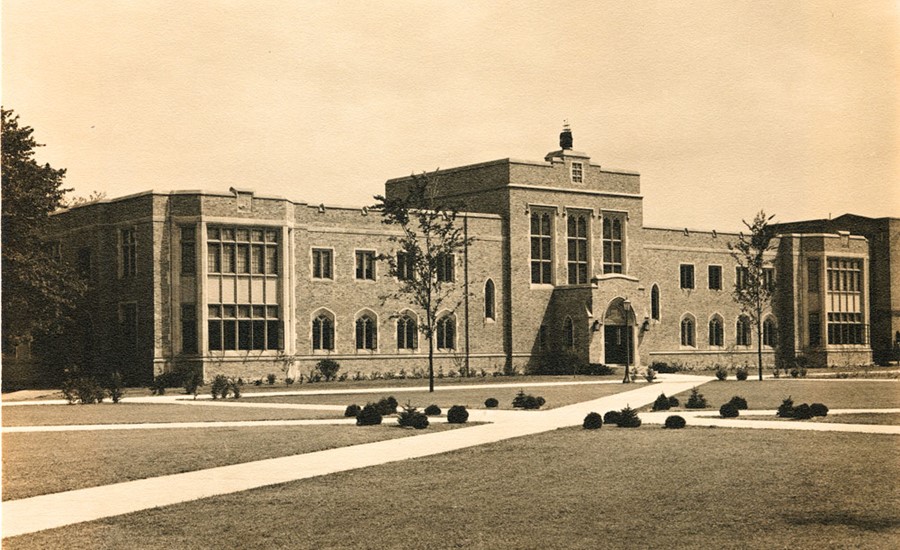
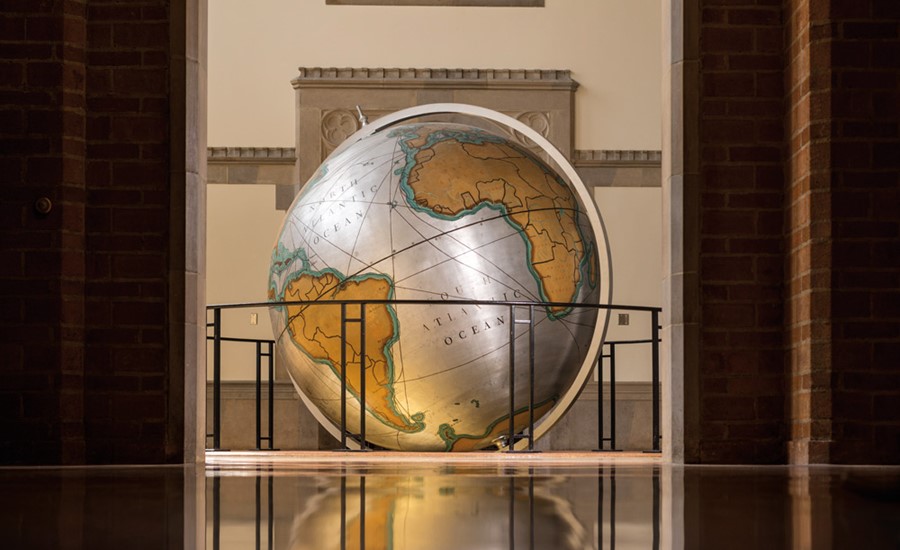

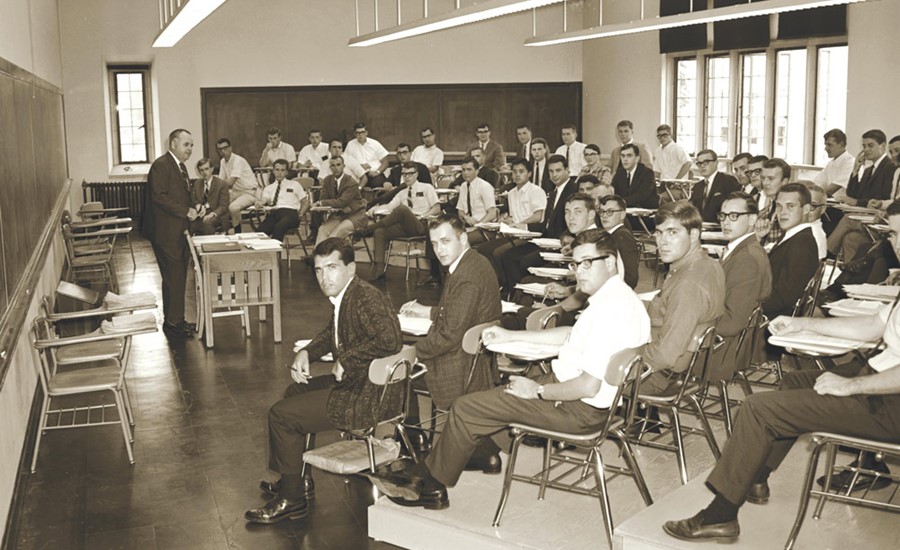

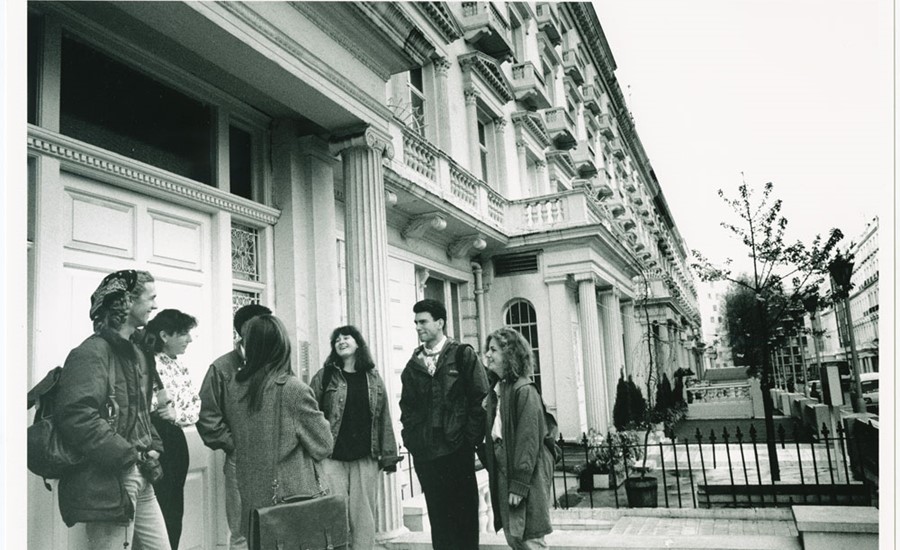
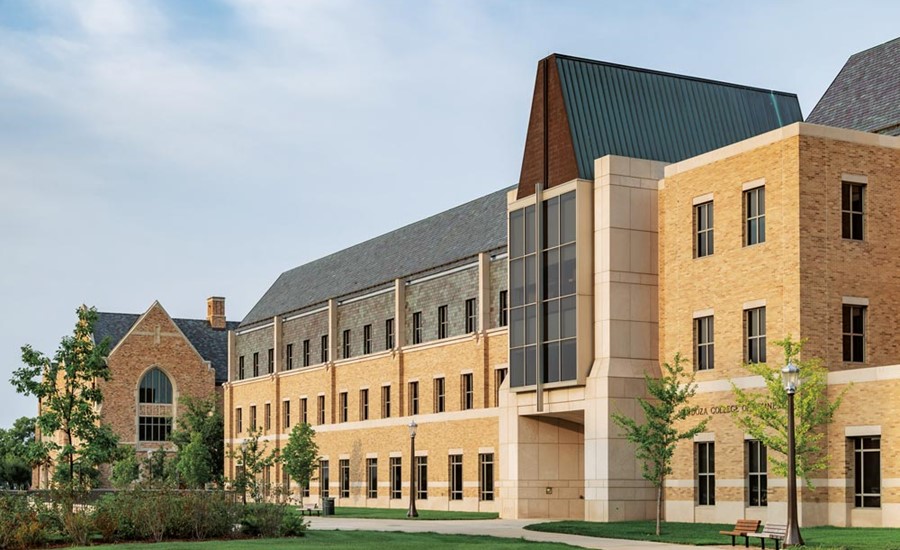






Comments